Bee Trudgeon shares a list of manga featuring characters with disabilities.
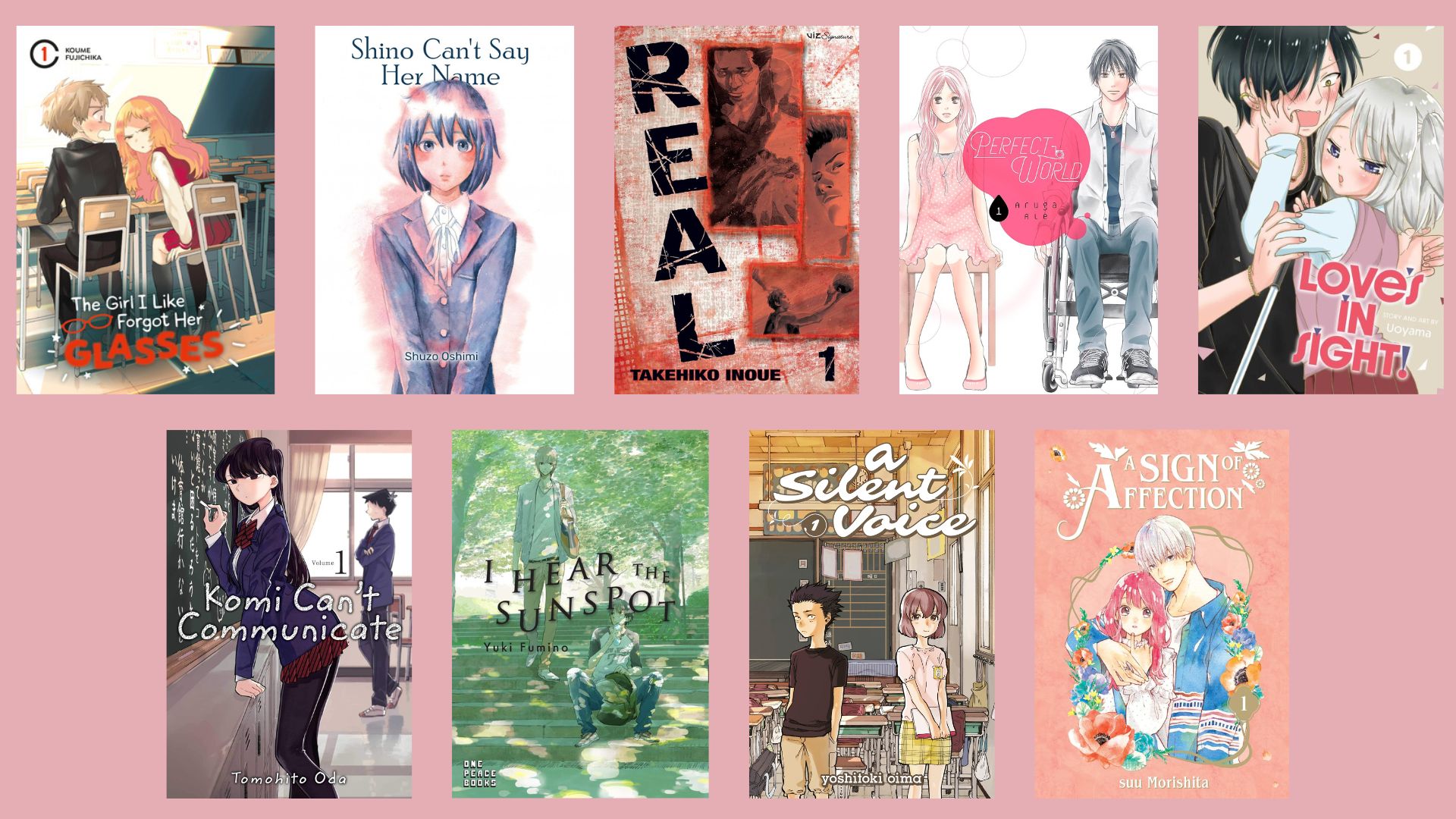
Over the past decade, Japan has made strong progress affirming the rights of people with disabilities, working towards removing the physical and social barriers that have stymied their interactions with society. The battle to gain equal access has been reflected in their manga world. Japanese publishers are including more characters with disabilities, and adhering to specific guidelines regarding disability representation. It’s great to see disability-centric manga not only holding its own in the mainstream of broader manga, but loudly outstripping the range of books with the same concerns on offer in non-comic based literature.
Authentically relatable disability manga responds to the social—as opposed to the medical—disability model. There are so many good titles to support such a model, allowing one to steer clear of ‘inspiration porn’—or portrayals of disability as an adversity which must be overcome, and the hollow cheers of undiscriminating audience members who often have no lived experience of disability themselves. Don’t make the mistake of believing that just because a narrative contains a character living with disability, it will uplift that character. Just as importantly, don’t underestimate the mighty heights an authentic character living with a disability is capable of rising to (see Wataru Midori’s Run on Your New Legs).
Manga featuring characters with disabilities
As in my Manga for Teens introductory list, I’ve chosen these titles after a very difficult murder of darlings and popular tankōbons, to illustrate the broad range of different abilities manga creators explore. I have not included action or fantasy depictions of disability, where the character overcomes their disability’s limitations with the likes of demonic intervention—such as Hiromu Arakawa’s popular Fullmetal Alchemist (which has over 80 million copies in print worldwide). With the exception of ‘fluffy’ romance, I’ve opted to keep things real. I will also highlight some popular manga genres, showing people with disabilities being represented in numerous corners of the manga universe. All dates refer to the English editions.
The Girl I Like Forgot Her Glasses
Koume Fujichika
12 volumes, 2022–2025, series complete
Low vision challenges
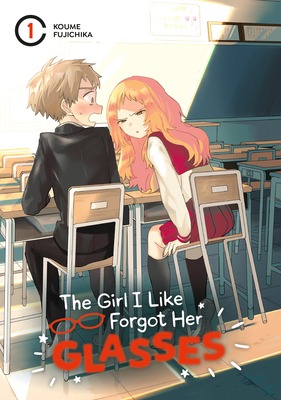
‘Fluffy’ —or ‘fluff’—romances in manga are stories that keep the romance sweet, and the drama dialled down. They fill a comforting niche that is much appreciated by gentle readers. In this prime example, absentminded Ai Mie—who has low vision—is prone to forgetting her glasses. Although she can make it to school, she struggles while there. Her issues with distance perception give her a tendency to lean in close to helpful classmate Kaede Komura, in order to see his face clearly. Although initially oblivious to his huge crush on her, she begins to reciprocate his feelings as she wakes up to them. This series was first published on its creator’s Twitter account in April 2018.
I Hear the Sunspot
Yuki Fumino
8 volumes since 2017, series ongoing
d/Deaf–Hearing relationships
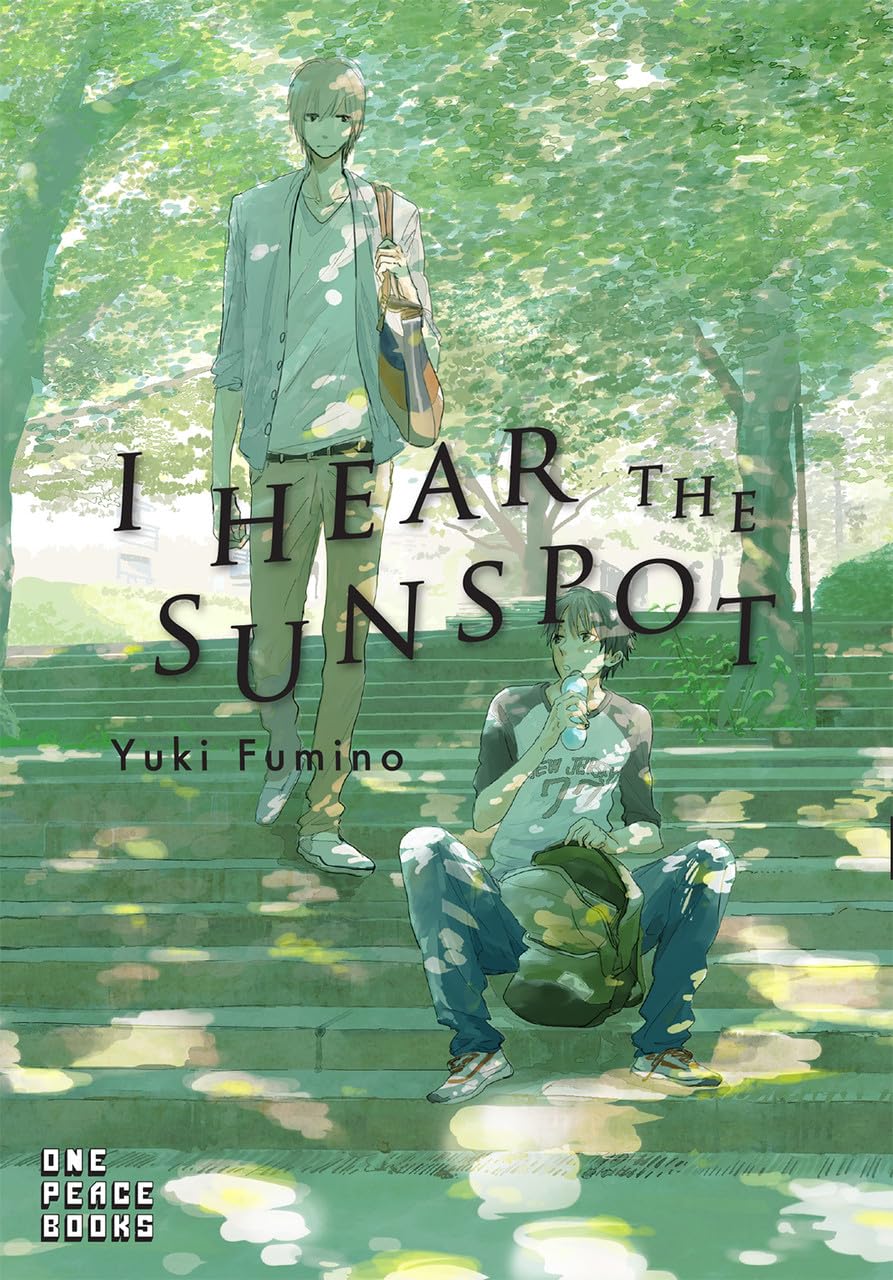
‘Boys’ love’ (or ‘BL’) is a genre of manga which depicts homoerotic relationships between male characters. The I Hear the Sunspot series is a beautifully rendered example. Kohei Sugihara lives with a hearing disability that leads to misunderstandings and difficulty fitting into life at his college campus. His defense mechanisms cause social isolation. Upon learning Kohei is deaf, fellow student Taichi Sagawa takes a part-time job taking notes for him, in exchange for food. As they become closer, their friendship blossoms into love, while their growing dependence upon one another suffers enough angsty ons and offs to keep readers rooting for them. There are suggestions that Taichi perhaps resides on the demi-sexual or asexual spectrum, requiring Kohei to understand and respect his uniqueness (and boundaries) too. With Taichi uncertain if he is ready for a physical relationship, it’s heartening to see Kohei making it clear he desires not only Taichi’s consent, but his keen consent.
Komi Can’t Communicate
Tomohito Oda
36 volumes, 2019-2025, series complete
Social anxiety, communication disorder, selective mutism
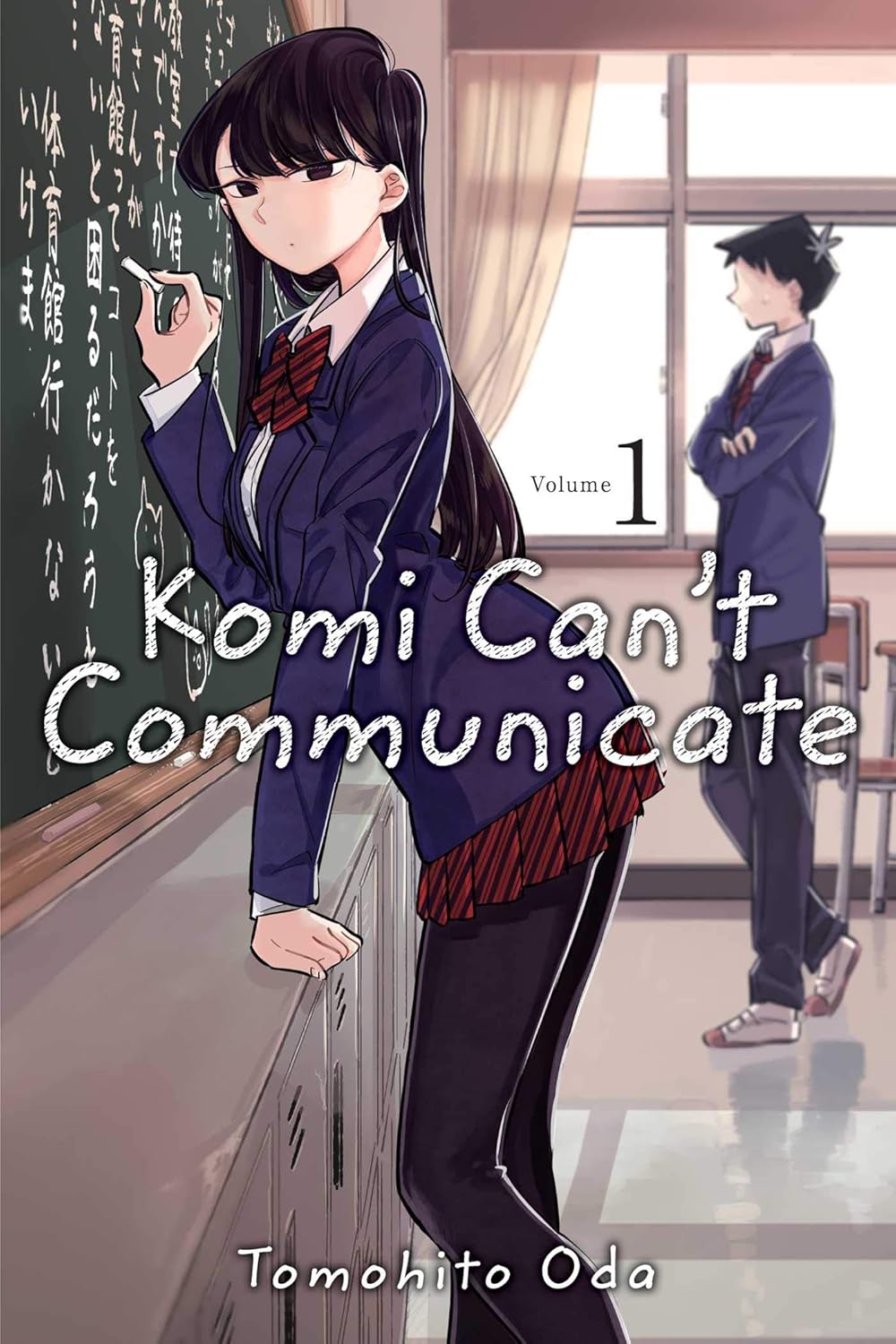
Komi Shouko’s reserve is as impenetrable as she is beautiful. She longs to make friends, but her crippling social anxiety is mistaken for icy distance by her schoolmates. With her apparent inability to verbally articulate her feelings, it seems her dreams of friendship are out of reach. Although not explicitly stated, fans with experience of selective mutism ascribe this anxiety disorder to Komi. In spite of his own shyness, her classmate Tadano Hitohito joins Komi on a mission to find 100 friends. Will quality beat quantity, to happily stymie her reaching this goal? The Japanese creation run of this series spanned almost a decade.
Love’s in Sight
Uoyama
8 volumes, 2023-2024, series complete
Vision impairment challenges
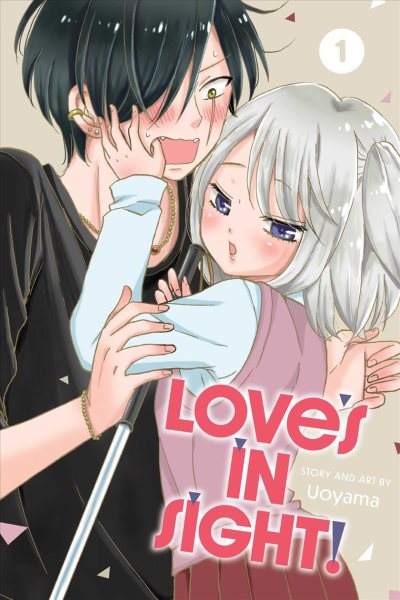
Wholesome fan fave Love’s in Sight tracks an unlikely relationship blossoming between tough guy Morio Kurokawa, and a girl with a vision impairment, Yukiko Akaza. Morio is the town terror, but Yukiko sees through the hype, to his soft centre, and desire to find his place in the world. Can he shake off his gangster stylings in the name of Yukiko’s love? Although it may be light, fans praise this series for presenting a range of issues—such as bullying, and class perceptions—and varying perspectives from which to view them.
Perfect World
Rie Aruga
12 volumes, 2018–2022, series complete
Paraplegia challenges
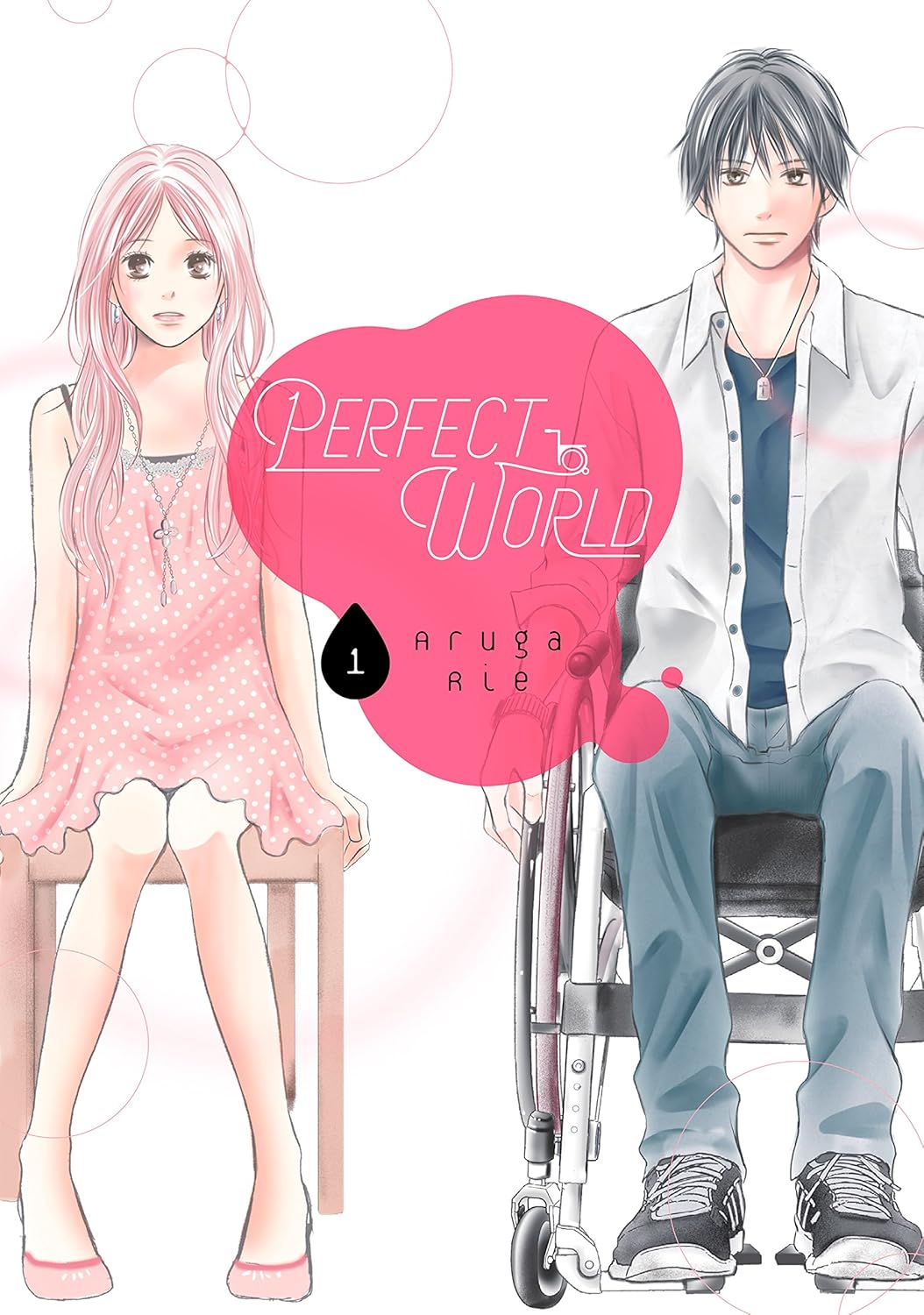
Tsugumi Kawana had a crush on Itsuki Ayukawa at highschool. When they are reunited at an office party, a few years later, she discovers he has experienced a spinal injury and now uses a wheelchair. While he has achieved his dream of becoming an architect, his injury and the effects it has had on his interactions with ableist society have hardened his heart. Some boundaries are going to have to be broken if these two are going to find their perfect world together. This series was awarded Best Shōjo Manga at the 43rd Kodansha Manga Awards in 2019. It does an unflinching job of exploring some of the societal prejudices faced by people living with disabilities, and how these can also impact upon the people who love them.
Real
Takehiko Inoue
15 volumes released in English since 2008, the series is complete, but not all released yet
Parasports/wheelchair basketball
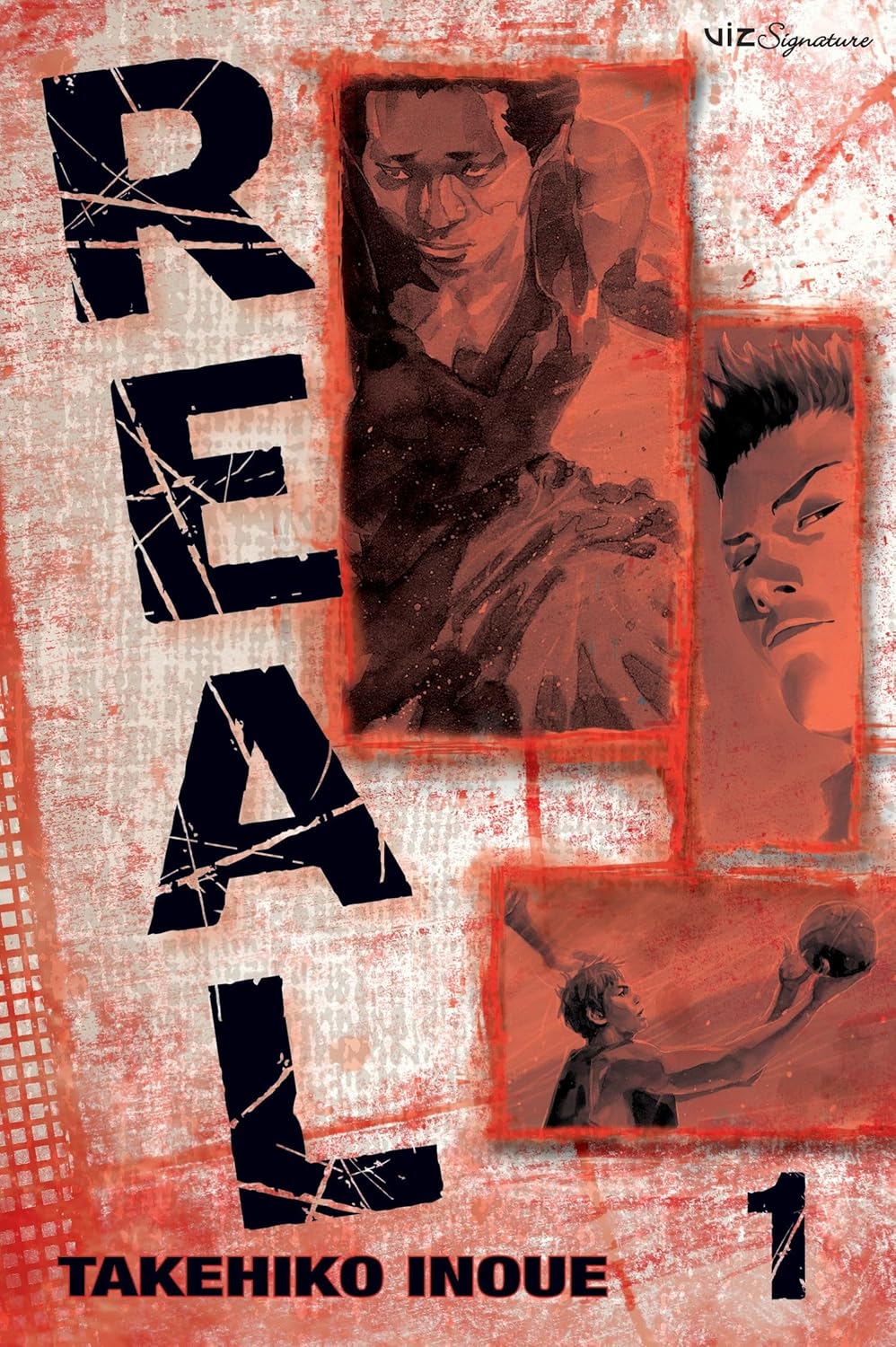
Real is a superior quality example of ‘sports manga’ centred around three teenage members of a wheelchair basketball team. Childhood friends, they are bound together by their desire to play basketball their way, and the search for a place to play it in. These hardscrabble guys dismantle their own psychological walls, learning to work together, game by game. The art style is more realist than conventional manga, accentuating the gritty nature of the drama, and giving it wide crossover potential, for fans of more general comic and sports fiction.
Run on Your New Legs
Wataru Midori
5 volumes published 2022-2023, series complete
Parasports/athletics
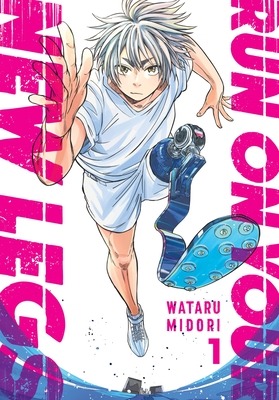
Shouta Kikuzato’s dream of becoming the ace striker on the high school soccer team are dashed when he loses a leg. He becomes accustomed to using a regular prosthetic, but his life feels somehow unfulfilling, and he’s also set back by having missed a year of school. One day he sees a child at risk, and instinctively begins running to save them. His actions bring him to the attention of a prosthetist who offers to fit him with a running blade. This sparks a new dream: to become a track star and win gold at the 2020 Tokyo Paralympics. Wataru Midori collaborated with parasports athletes to create this authentic depiction of the contrasting realities of Shouta Kikuzato’s athletic prowess, and the inhospitable physical environments he is forced to contend with.
Shino Can’t Say Her Name
Shuzo Oshimi
single volume, compiling 2011-2012
Dysphemia (speech disorder)
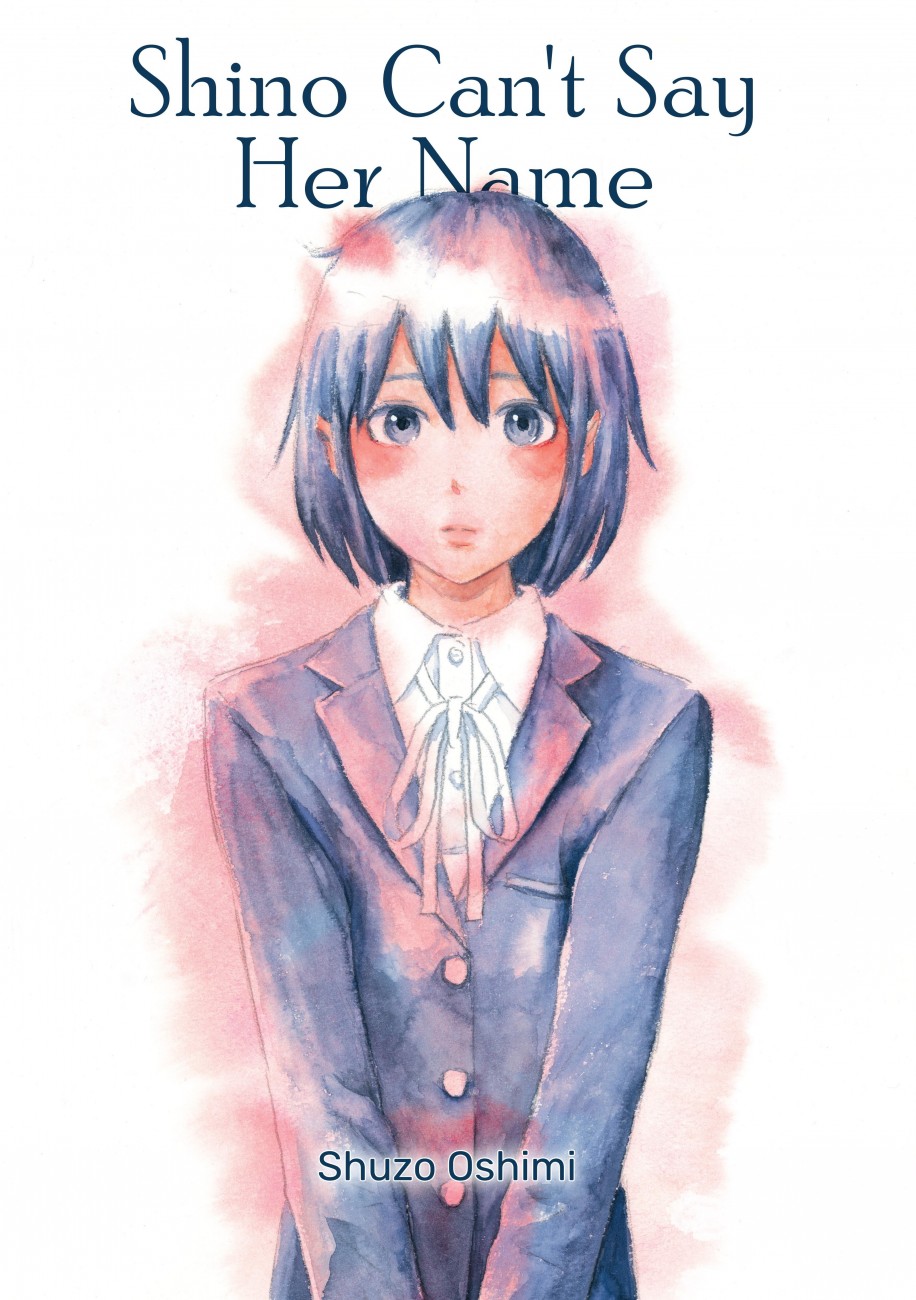
The first day of high school can be tough for most teens. Shino Oshima—who struggles to speak in front of other people, and suffers extra difficulty saying her own name—gets off to a rough start from the moment everyone in the class is required to stand and introduce themselves. Her struggling and stuttering attracts the class’s mockery. Things start turning around when she makes friends with a spiky classmate who loves playing the guitar, but can’t sing at all. Shino can sing more fluently than she can speak, but when the opportunity to perform publicly presents itself, Shino is pushed further out of her comfort zone, and begins to shut down again.
A Sign of Affection
suu Morishita
12 volumes since 2019, series ongoing
d/Deaf-Hearing relationships
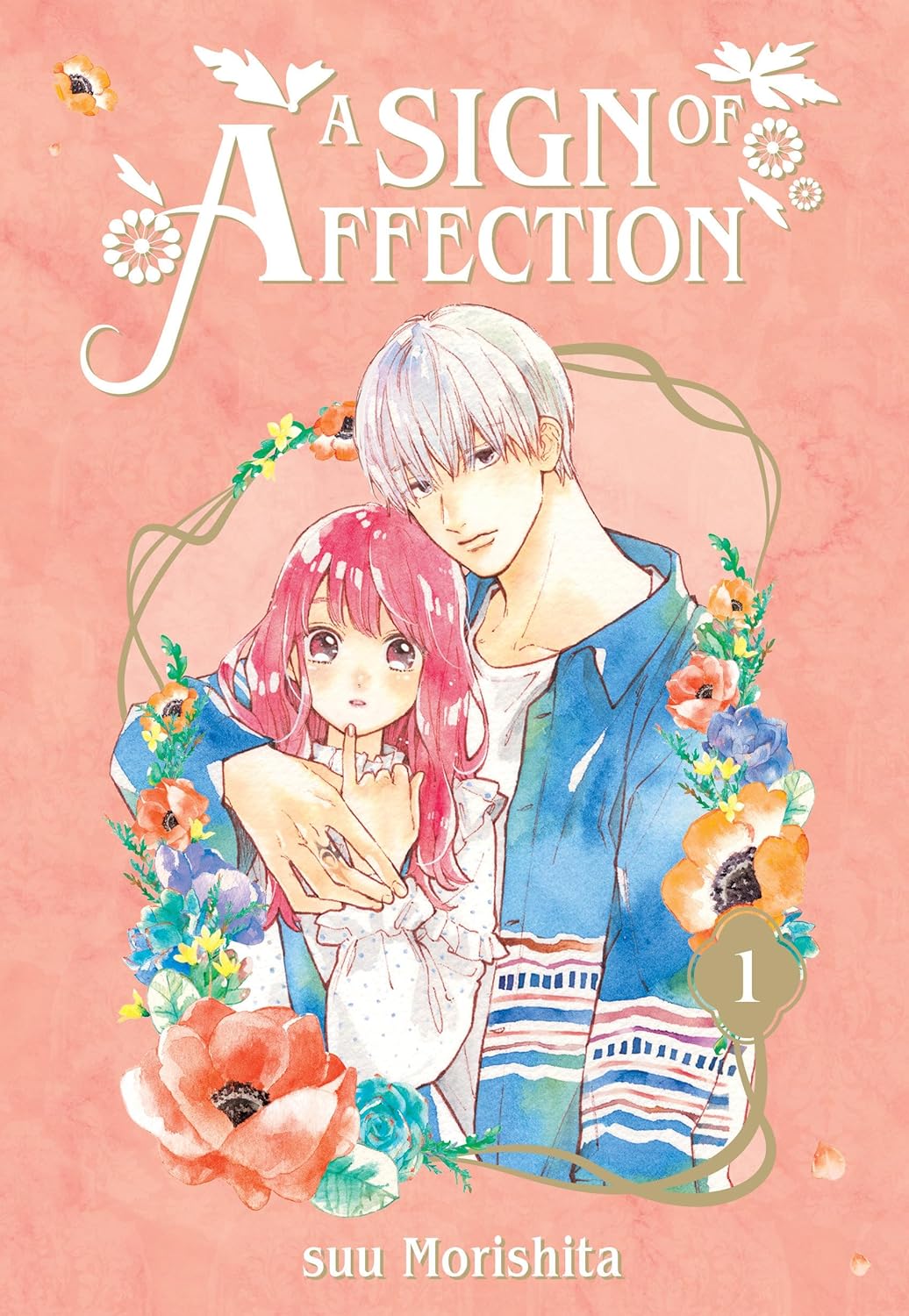
Yuki Itose was born deaf, and is used to communicating with Japanese Sign Language (JSL) and her phone. She is not, however, used to English, so when an international visitor asks for directions one day, she visibly panics. When a handsome stranger with a love of language steps in to help, he will change her life.
Known for its accurate depiction of JSL, the creators of this series consulted with sign language experts to ensure authenticity. Manga—with its ability to depict and zero in on faces and hand movements—is a great format for depicting the d/Deaf experience. I also like the way this series, and A Silent Voice (below), show d/Deaf characters employing their personal technology (in these cases, phones) as assistive devices. When the dated, ableist tropes of deaf people as characters who are practically hearing—with their awesomely spider-sharp senses, and a conveniently strong ability to lipread is closed by more realistic representations—are laid aside, the results have the capacity to powerfully validate the d/Deaf experience.
A Silent Voice
Yoshitoki Ōima
7 volumes, 2015-2016, series complete
d/Deaf-Hearing relationships, mental health challenges, suicidal ideation
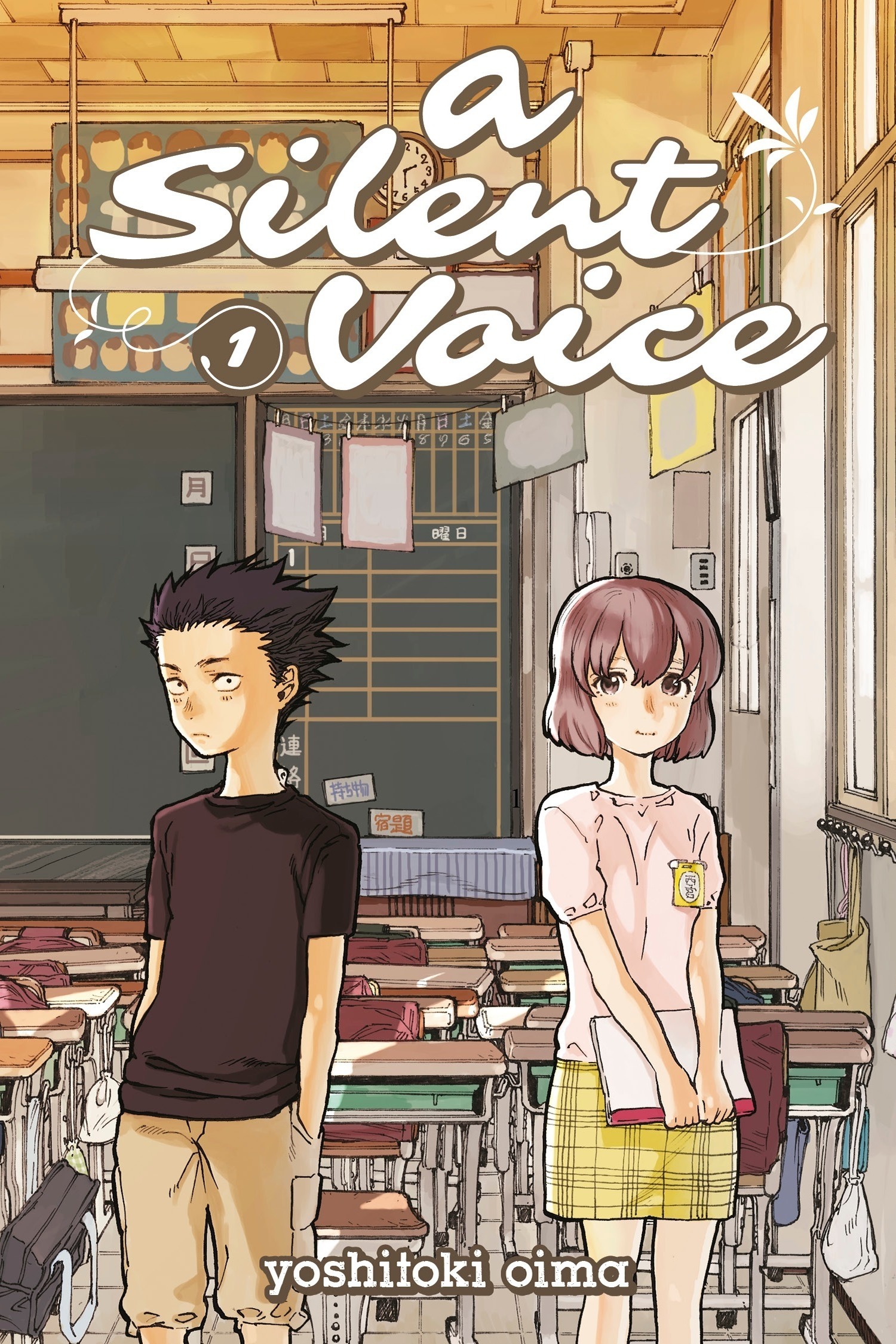
In sixth grade, reprehensible Shoya Ishida leads his class in bullying Shoko Nishimiya, a new classmate who is deaf. When Shoya’s actions finally attract the condemnation they deserve, all his friends and teachers turn against him. He becomes socially isolated, eventually considering suicide as a route to absolution. In his efforts to make amends, he reunites with Shoko, who still suffers from loneliness due to her shyness. Realising his own culpability, Shoya sets a course for redemption, trying to reconnect Shoko with the old classmates she never had the chance to know.
Visual storytelling allows sign language to be depicted more readily; it doesn’t have to be laboriously described (the literary equivalent of fingerspelling) because it can be instantly seen, its movements indicated with a pen stroke, sound effects added on the page. This gives a good example of how reading comics (not just manga) has the power to simultaneously light up more parts of a reader’s brain—including those involved in visual processing, language comprehension, and imagination—than reading pure print does.
The manga listed here can be ordered from Graphic Comics, BookHub or your local comics store.

Bee Trudgeon
Bee Trudgeon is a children’s librarian, writer, strummer, storyteller, dancer in the dark, film buff, perpetual student, and mother of two study buddies. Often spotted urban long-distance walking wearing headphones and a ukulele, she lives in a haunted house in Cannons Creek, and works in Porirua and wherever anyone will have her.



